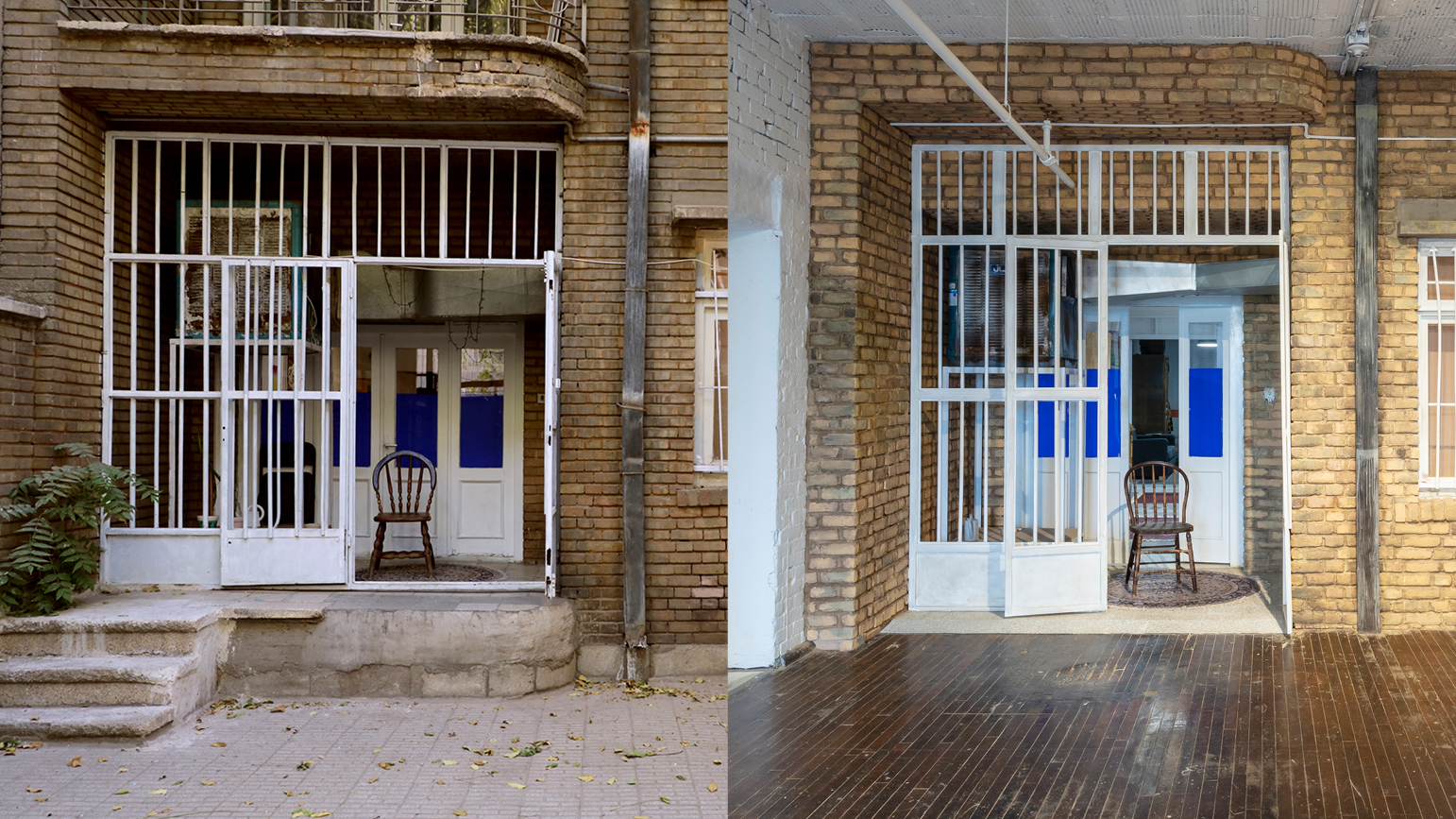
The Other Apartment is a collaborative project between Professor Jon Rubin and Tehran-based artist Sohrab Kashani that occurs simultaneously in Kashani’s apartment in Tehran, Iran, and an exact replica of that apartment and all of its contents at the Mattress Factory Museum in Pittsburgh, U.S. The Art Newspaper, CityLab, and Arnet News all recently interviewed Professor Rubin and Kashani about the exhibition, and Hyperallergic published a review.
“The US sanctions against Iran have taken their toll on artists, who face difficulties ‘creating new works and taking part in exhibitions abroad’, Kashani says. The project is a means of defying those barriers to ‘create a space that hovers between two specific cultural conditions, both familiar and destabilising to each’, Rubin says.”
Full article in The Art Newspaper
“‘The Other Apartment conjures up a different world for everyone,’ says Golnar Touski, a University of Pittsburgh doctoral student of history of art and architecture, and a visiting Iranian citizen who worked on translations for the project. ‘To the American, it’s a reminder of her kinship with other worlds and spaces. To the diasporic Iranian, it’s an astral projection to home. To the Iranian, it’s a reflection of her own in a faraway mirror.'”
Full article at CityLab
“‘As friends living inside two countries in conflict with each other, our lack of power and agency is simply maddening sometimes,’ they said. ‘So we decided we would create a world for ourselves where everything that was a limit would became a possibility, and everything that was a political obstacle would became a creative opportunity.’”
Full article at Arnet News
“The failure to create an illusion that transcends the truth of our political climate makes The Other Apartment a radical statement on the tightening grip of xenophobia on lives in both countries. In its obsessive imitation of lived spaces and hopeful utopianism, the Pittsburgh apartment laments the absence of Iranians while alluding to other types of presence beyond reductive national narratives.”
Full review at Hyperallergic




